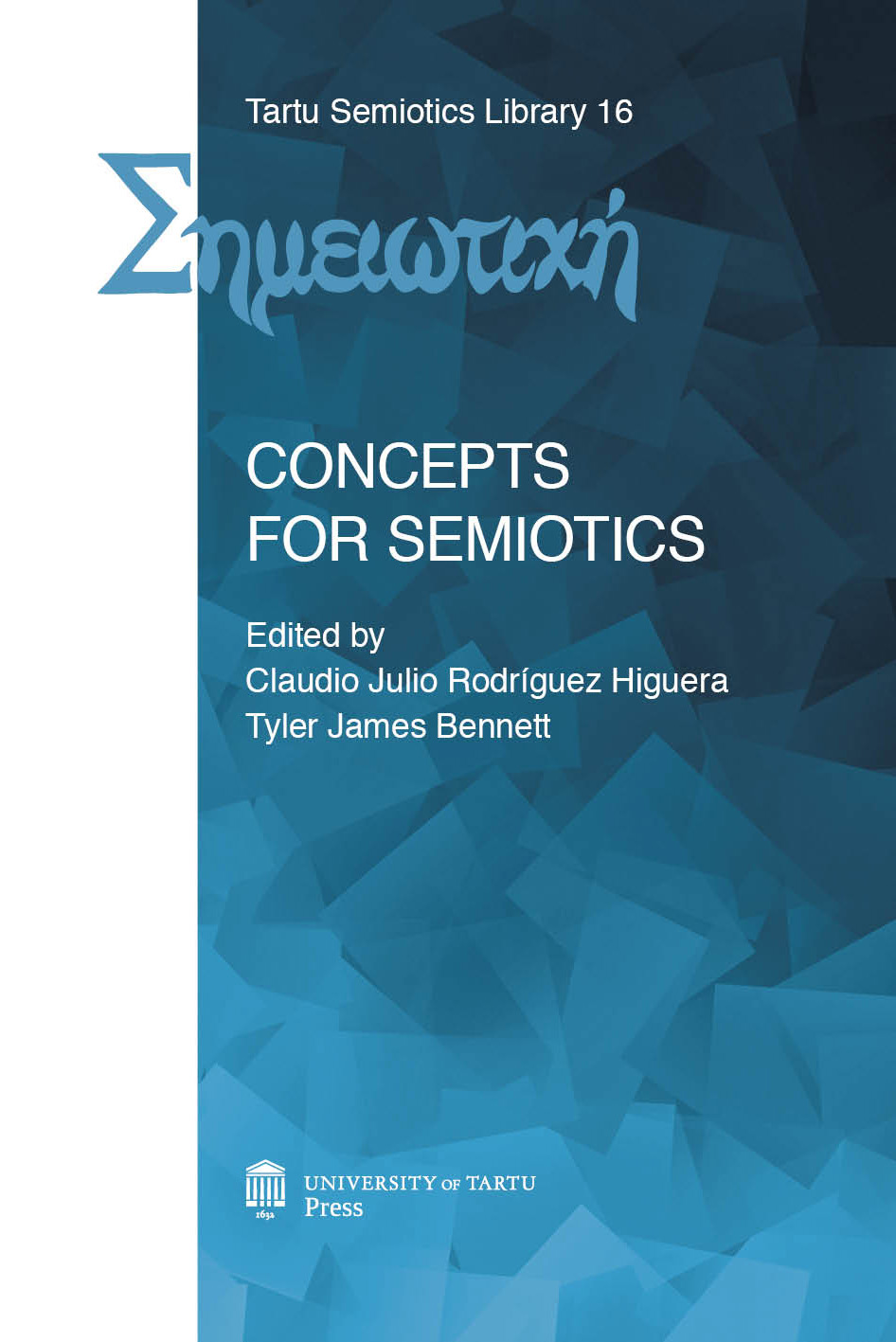Drawn by light versus drawn by hand
Drawn by light versus drawn by hand
Author(s): Krista SimsonSubject(s): Semiotics / Semiology, Photography, Visual Arts, Semiology
Published by: Tartu Ülikooli Kirjastus
Keywords: iconicity; pictorial art; photography; artistic representations; Charles S. Peirce;
Summary/Abstract: Peirce’s notion of iconicity is often used to characterise all fields of pictorial art. The aim of this article is to affirm that pictorial art, in this case graphic arts or paintings, which constitute art drawn by hand, has a different structure resulting from the artistic approach than photography, the pictures drawn by light. As the pictorial art of Peircean times was object-based, it is very likely that Peirce, speaking about the iconicity of the painting, speaks of the object in the painting and not of the painting itself. As the iconicity is mainly a relationship, based on the hypothetical identity of the object, I propose that photography – drawn by light – can be analysed as an iconic sign, while pictorial art – drawn by hand – cannot be considered only as an iconic sign. Drawn by hand pictorial art is created by an artist over a given period of time through a process of continuous orthogenetic activity. In this case, the activity of the artist leads to double-semiosis, meaning that pictorial art cannot be considered simply as an iconic sign. By contrast, a photograph can be analysed as an iconic sign, if it does not involve the orthogenetic activity of an artist.
Journal: Tartu Semiotics Library
- Issue Year: 2016
- Issue No: 16
- Page Range: 49-58
- Page Count: 10
- Language: English
- Content File-PDF

